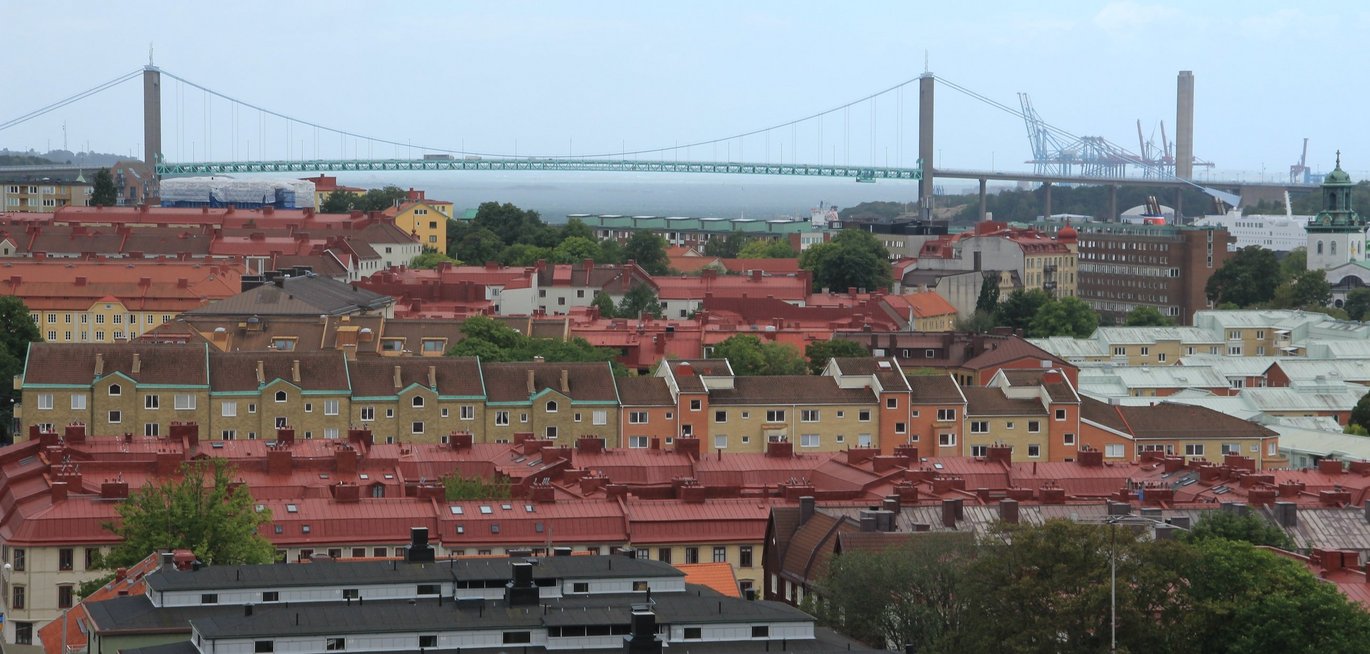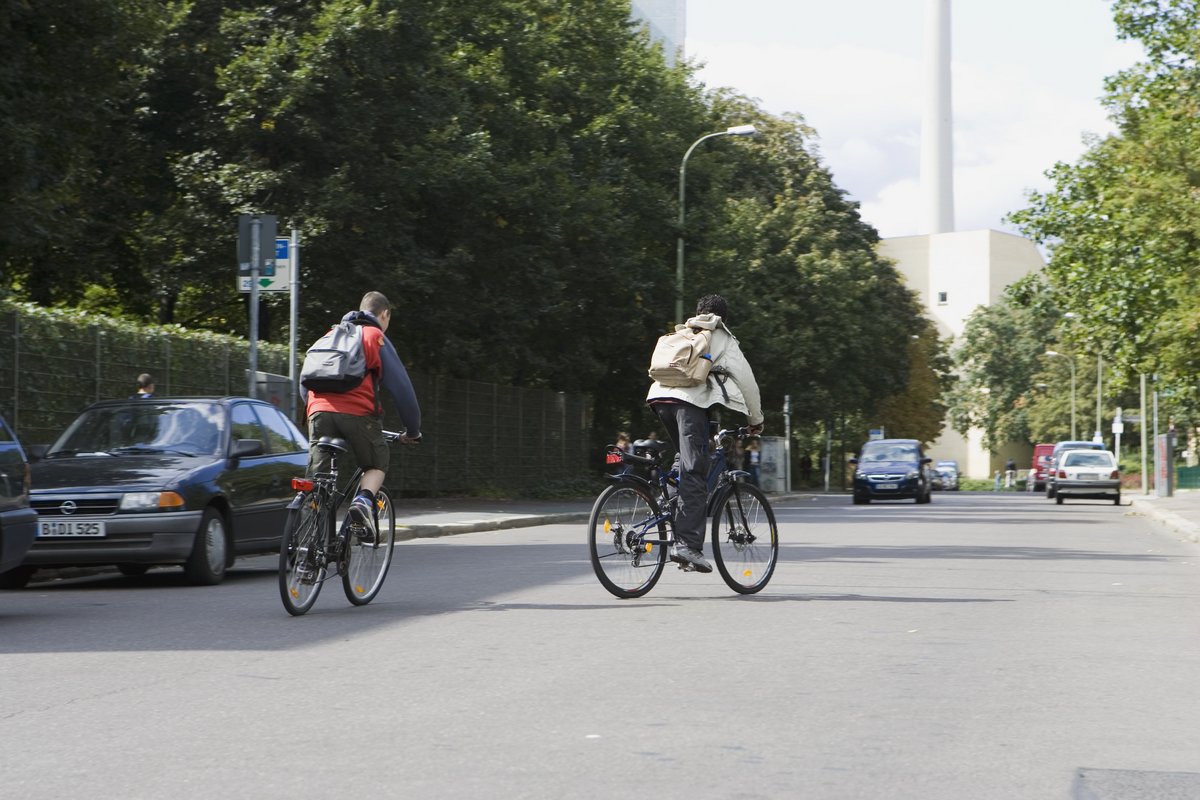Young People and Spatial Planning in Sweden
The importance of capturing the voices of young people during participatory processes.

Summary: Children and youth are often overlooked when local authorities make decisions about spatial planning. In 2020, Sweden incorporated the United Nations Convention on the Rights of the Child into its national planning framework, which means children should be consulted and given the opportunity to have a say about the environments where they live, learn, and play. However, to translate this policy into action requires particular expertise. Official frameworks are rather general and need to be supported by practical and context-specific guidelines.
Participatory spatial planning has gained increasing traction worldwide. The idea behind it is to involve diverse groups in planning processes, and to ensure that everyone’s needs and visions are considered in urban planning. These groups are many and can be clustered along socio-demographic characteristics, but there is one group that historically has been underrepresented in planning discussions: children and youth. My colleagues and I undertook a study as part of the Planning with Youth project that has taken a closer look at how Sweden is addressing this gap by integrating young people into the planning process.
Sweden took a bold step forward in year 2020 by incorporating the United Nations Convention on the Rights of the Child into the national planning framework. This law makes it compulsory for children and youth to be involved in participatory spatial planning processes, making Sweden an interesting case study on how to create more inclusive planning frameworks.

Why children and youth matter in urban planning
As cities expand and develop rapidly, a critical question arises: whose needs should be prioritized in the urban landscape? It is often the adult working population that take precedence in most planning efforts, and research shows that this leads to unequal access to amenities in cities. Those who are most often overlooked are women, the elderly, children and youth. These demographics have unique needs and preferences, but only in more recent times have they emerged as a topic in more mainstream planning debates.
A cornerstone in advocating for the rights of children globally on urban matters is the United Nations’ Convention on the Rights of the Child (UNCRC), which, since its adoption in 1989, requires signatories to adhere to its core values. For instance, Article 12 of the Convention emphasizes the right of children to express their views in all matters affecting them. In regards to spatial planning, this means that they should not only be consulted, but also be actively involved in shaping the environments where they live, learn, and play. The Child Friendly City Initiative in 1996 built on the Convention by setting out some principles for how this should be done.
Sweden’s approach to youth participation
Sweden transposed the UNCRC into national law in 2020. Even before then, there were examples of how children and youth’s rights were given space in urban planning. For example, the Swedish Transport Administration was involved in a collaborative project launched in the mid-1990s with 400 schools. Similarly, they also collaborated with the Swedish National Institute of Public Health in 2010 to support and inspire municipalities to engage in child-friendly urban planning.
The 2020 law which incorporated the UNCRC into national law, called ‘Svensk författningssamling, 2018. Om Förenta nationernas konvention om barnets rättigheter. No. :1197.’, represents an interesting innovation in the context of spatial planning policy and practice. This can be understood, on the one hand, in the context of the country’s ambitions to expand democratic rights. But it can also be understood in the context of more specific policy objectives, in terms of inclusive spatial planning and associated ideas and visions of making Swedish cities more sustainable living environments for all.
For example, in Stockholm and Gothenburg, planners are engaging young people in a dialogue about urban development. One prominent tool that has been gaining popularity is the “Child Impact Assessment”, which supports planners in evaluating how proposed planning interventions will affect children and youth. This tool ensures that their needs are discussed and considered. Additionally, various methods, such as child-led walks and participatory mapping, are employed to allow young people to contribute their perspectives on their living environments.
City infrastructure is often divided into ‘grey’, ‘blue’ and ‘green’ infrastructure:
- ‘grey’ refers to traditional forms of infrastructure such as roads and buildings;
- ‘blue’ refers to lakes, rivers and other types of water-based infrastructure; and,
- ‘green’ referrs to parks, grass, trees etc.
Both blue and green infrastructure are well-known for providing greater sustainability and better health in cities for a variety of reasons from biodiversity to flooding management to psychological well-being.

Implementation challenges
Despite the progressive legal framework and the growing recognition of youth participation in spatial planning, some challenges remain. One such challenge is the lack of clear guidelines on how to meaningfully involve children and youth in participatory planning. A second challenge is that, while there are tools and methods practitioners can use to facilitate participation, it is less clear if these processes lead to concrete outcomes. Planners also sometimes struggle to integrate the insights from youth participatory practices into formal planning documents, and youth contributions can be sidelined in favor of adult perspectives. This points to the role of power dynamics in such processes, and how voices of some groups may carry less weight when it comes to real-world decision-making processes.
Another challenge is related to the need for skill development among planners and other professionals engaged in youth-centred planning i.e. urban or spatial planners, project coordinators, and architects. Engaging with young people requires specific communication skills and an understanding of their needs and perspectives. Yet, many planners do not receive formal training on this specific matter.
Young people as active agents in the Nordics and beyond
Despite these challenges, the Swedish experience provides several valuable lessons for other countries looking to implement similar participatory planning processes. First, legal frameworks like the UNCRC are important and useful in that they open up a space where debate for children and young peope’s rights can take place, and eventually lead to change. However, these frameworks are rather general and are not sufficient in and of themselves; they need to be supported by practical and context-specific guidelines on how to translate policy into action.
Second, our research underscores how important it is that children and youth are recognized as active agents in urban development and they need to be given a space in which they can articulate their views, ideas, and needs. Rather than being passive recipients of adult decisions, young people have the capacity to offer meaningful and important insight into how their living environment should be and how it should be developed in the years to come. Children and youth are often regarded as less competent than adults when observing important aspects in their living environments, which ultimately affects the importance put on their input. Children and youth’s proposals should arguably be brought up and noticed to a greater extent. This is a particularly important matter at a time when young people are reporting declining well-being and an increase in mental health issues.
Finally, the need for continuous learning and capacity-building among planners and other professional profiles who work in close contact - and know about the conditions children and youth live with - cannot be overstated. As the field of participatory planning evolves, so too must the skills and knowledge of those responsible for designing, running, and implementing these processes. Training in youth engagement, communication, and participatory methods is key to ensure that youth participation is not just a token gesture, but is a meaningful part of planning practice.
This article is based on an academic article published by the author and Emma Norss entitled “Opening up spatial planning to the participation of children and youth: the Swedish experience”, published in European Planning Studies (2023).
Looking behind consultation practices can shed light on power relations.
This article is published in response to readers' interest in the climate.
Further reading:
- Romina Rodela and Filip Roumeliotis, Young people as a political subject in the context of environmental governance, Humanities and Social Sciences Communications, 11, 1 (2024).
- Xuemei Bai, Richard J. Dawson, Diana Ürge-Vorsatz, Gian C. Delgado, Aliyu Salisu Barau, Shobhakar Dhakal, David Dodman, et al. “Six Research Priorities for Cities and Climate Change.” Nature (London) 555 (7694) (2018) 23–25.
Links:
- Planning with Youth Blog (funded by FORMAS - the Swedish Research Council for Sustainable Development)
- Biodiversity Information System for Europe: Green Infrastructure in Sweden.